Swag Strategy:
Why Branded Merch is Your Marketing MVP

Does your brand have swag?
Today, we’re going to discuss how custom branded merchandise can elevate your brand. Whether you’re a startup carving out your niche or a seasoned business reinforcing your presence, custom swag is an invaluable tool in your marketing strategy. These tangible representations of your brand not only promote your business but also create memorable impressions with your audience. From everyday essentials to standout luxury items, each piece acts as a vibrant ambassador for your brand.
Imagine each piece of swag as a walking billboard, reinforcing brand recognition and building customer loyalty. Branded merchandising is about building brand buzz, leaving a lasting mark, and winning hearts (and loyalty). Giving away branded goodies isn’t just a nice gesture either; it builds relationships. People love receiving useful stuff for free—and they’ll go bananas for your brand when it’s presented with a fun twist! Studies show that promotional products create a positive impression and keep your brand top of mind. It’s a win-win!

Here, we thrive on thinking and designing outside the box. Think of business cards for example—imagine handing out a sleek, sturdy metal card that not only looks impressive but also feels substantial—it’s like presenting a piece of your brand’s soul.
Ready to elevate your swag game and make your brand the MVP? We’re excited to chat about your brand and how we can bring your vision to life. Reach out to us to create custom merch that doesn’t just grab attention but also sparks conversations.
Let’s make your brand unforgettable.
Transform your brand’s swag into an MVP (Most Valuable Promo) today!
Top Influencer Marketing Platforms to Explore

Influencer marketing has become a vital strategy for brands looking to connect with audiences in meaningful ways. With many platforms available, finding the right one for your needs can be a game-changer. Here are some top influencer marketing platforms to explore:
- Influencer Discovery: Look for platforms that offer robust tools for finding influencers who align with your brand’s values and audience. These tools often include detailed metrics and filters to help you identify the best matches.
- Campaign Management: Effective platforms provide features for managing campaigns from start to finish. This includes tools for tracking performance, managing content approvals, and analyzing results to optimize your strategy.
- Analytics and Reporting: Comprehensive analytics help you measure the impact of your influencer partnerships. Look for platforms that offer detailed insights into engagement, reach, and ROI to ensure your campaigns are successful.
- Ease of Use: User-friendly interfaces can make a big difference in how efficiently you manage your influencer marketing efforts. Choose a platform that simplifies the process, from influencer discovery to campaign execution.
For a deeper dive into the best influencer marketing platforms available, check out the detailed guide. Whether you’re just starting out or looking to refine your strategy, these platforms can help you maximize your influencer marketing efforts.
The State of UX in 2025

A love letter about change
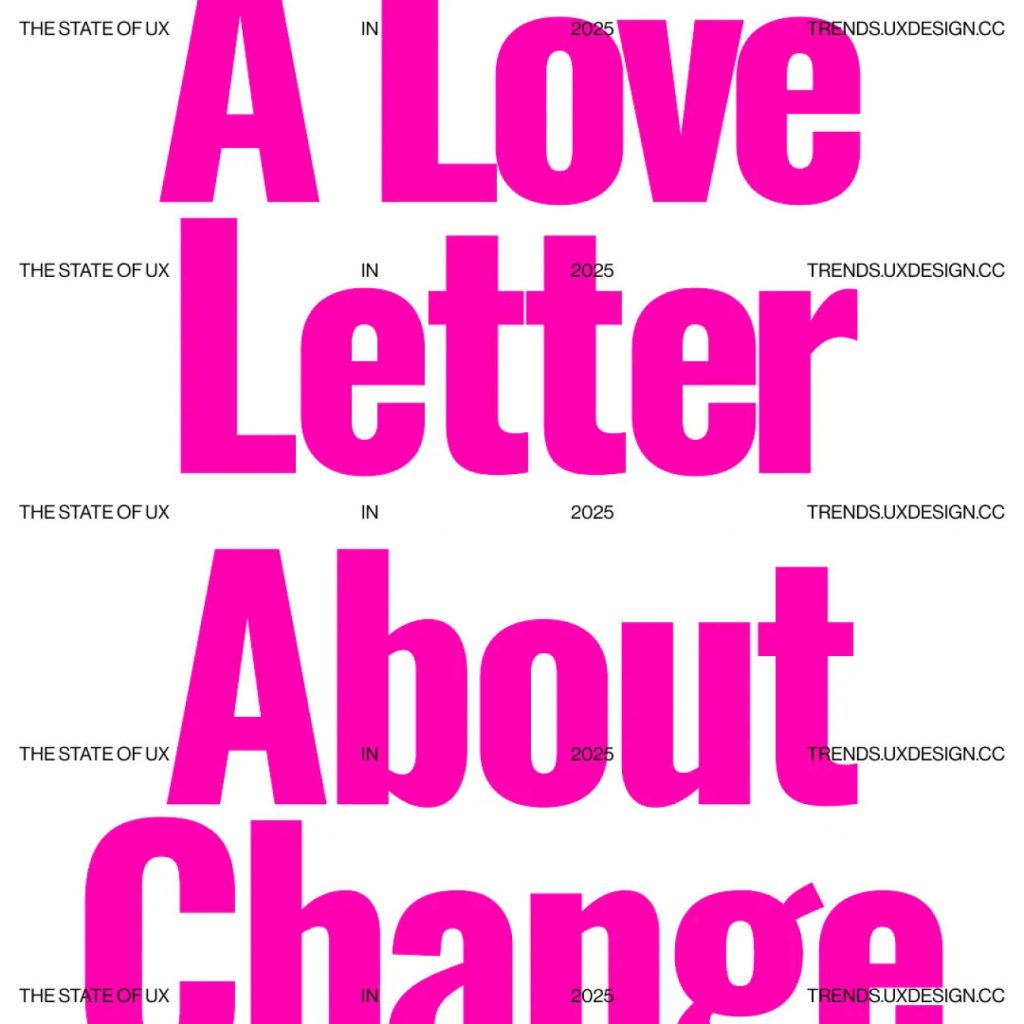
Things have been feeling differently for a while. That UX buzz, that peak we hit in the late 2010s, has faded. Historically, designers have always aimed to exert vast influence within their organizations, guiding the creative vision and making critical decisions that shape the product. That reality simply doesn’t feel palpable anymore when you look at the state of UX more broadly. UX is increasingly a byproduct of business objectives, not the driving force.
The Great Design Handoff
What we have started to witness this year is a fundamental shift in responsibilities and a transfer of design control from designers to a complex network of algorithms, automated tools, and business stakeholders.
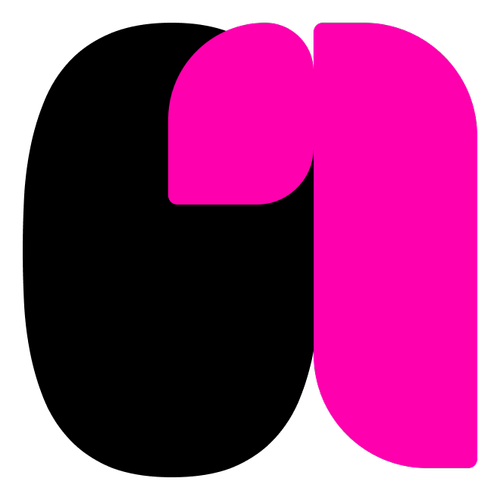
We’re handing our designs to Figma while it trains its AI. It’s right there in the fine print you accepted when they launched their new AI features this year, because you also accepted Figma as the most convenient tool there is. Some say these AI design tools will put us out of a job; others say they’ll just make us faster. Trying to pick one single lane is lazy thinking. Arguing that AI will only replace the mechanical part of our job is shortsighted. [1][2][3][4][5][6] Very soon, AI-powered tools like Figma, Vercel, Canva (and many others) will change everyone’s perception of who is equipped to design, how long design takes, and—inevitably—how much design is worth paying for. [7][8][9][10][11][12][13]
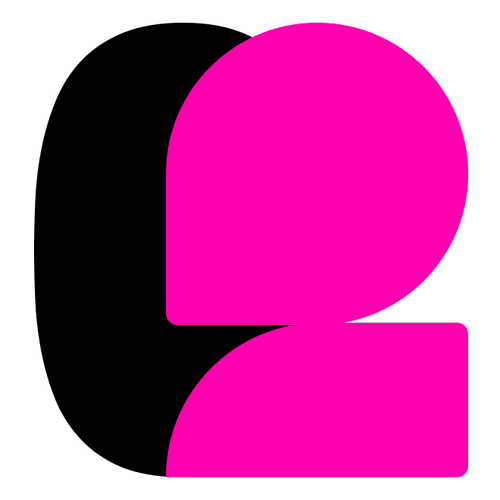
We’re handing our design systems to growth teams so they can squeeze every last penny out of customers. We’re optimizing our flows for clicks, not clarity. We stopped building tools and started building engagement traps. [14][15][16][17] While in the past UX had a certain aura of care for users, in 2024 we are bluntly following the numbers. In many companies, the pursuit of growth is overshadowing the pursuit of meaning. [18][19][20][21][22]

We’re trading empathy for algorithms. Personalization has gotten so complex that it’s now out of human control, and can lead to echo chambers, warped perspectives, and consequences we’re unable to predict. We’re slowly swapping user research for automated A/B tests, and gradually letting the data make decisions on our behalf. [23][24][25] We could be choosing to create software that is local-first, more private, and more thoughtful. Still, we’re choosing to build for the machine—not for each other. [26]

We’re shipping new products before they’re even ready. Look at the AI hardware fiasco in 2024, or at all the half-baked AI features in our enterprise products—broken promises everywhere. Products don’t have to be ready for prime time because, over the last decade, we convinced ourselves we got to “fail fast,” “test and learn,” and “lean-UX” our way out of tight timelines. Which is a cynical subversion of all the foundational UX principles we claim to adhere to. [27][28][29][30][31]
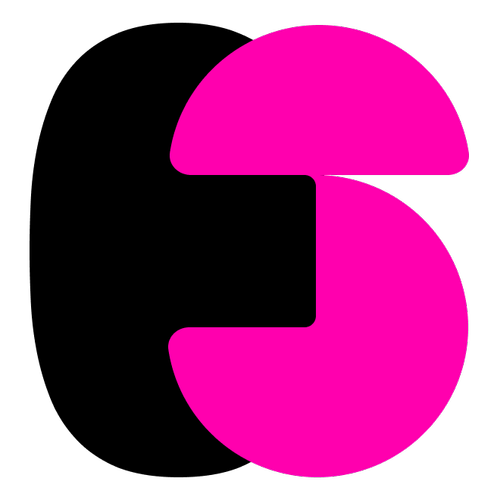
We’re shifting our focus from good design to organizational politics. Increasingly, designers spend most of their day (and energy) in meetings talking about everything other than design, getting “stakeholder alignment”, and “balancing out user and business needs.” Products are launched because someone needs a promotion. Timelines are built around someone’s performance review or company reports. [32] [33] [34] [35] [36] This year, layoffs felt like a constant threat, and in many ways, the focus shifted from doing great work to just holding onto our jobs. [37] [38] [39] [40] [41] [42]

We’re dumping half-baked thoughts on Linkedin, hoping for the recognition we don’t get at work. This year, the lack of job security also made designers double down on our “online presence”, in an attempt to remain relevant within their network. We’re writing catchy Linkedin posts to please the algorithm; we’re making our thoughts more polarizing than they need to be. There’s no place for longer-form discussions or nuanced back and forth. We’re building echo chambers, not communities. It’s easier to build an audience using controversy than real thought. [43][44][45]

We’re giving up on the dream of community-wide events, and we’re letting companies dictate the design agenda. While smaller events continue strong even post-COVID, we clearly haven’t found a sustainable model for design conferences at scale. IxDA couldn’t compete with the big budgets behind Figma’s Config and Adobe Max. Which means those few companies get to decide who talks about what in today’s largest design arenas. [46] [47]
We’re teaching our brand voice to LLMs so they can communicate with our customers without our oversight. We’re choosing not to hire a photographer and to use AI-generated imagery instead. We’re choosing not to hire a voice actor, not to hire an illustrator artist.
“Just this one time because the budget is short.”
“Just to try it out.”
“Just because our competitor is doing it.”
You get the point.
On their own, these shifts might fly under the radar. But zoom out, look at the whole year, and the patterns start to emerge—giving us a glimpse of where Design is headed. These subtle changes have been impacting everything: our daily routines, what we produce, the tools we use, our career paths, and even our communities more broadly.
So, as designers,
how might we embrace change?
Read the full article here:
The State of UX in 2025: a love letter about change →
This article was originally published on UX Collective and written by Fabricio Teixeira and Caio Braga.
The State of UX in 2024
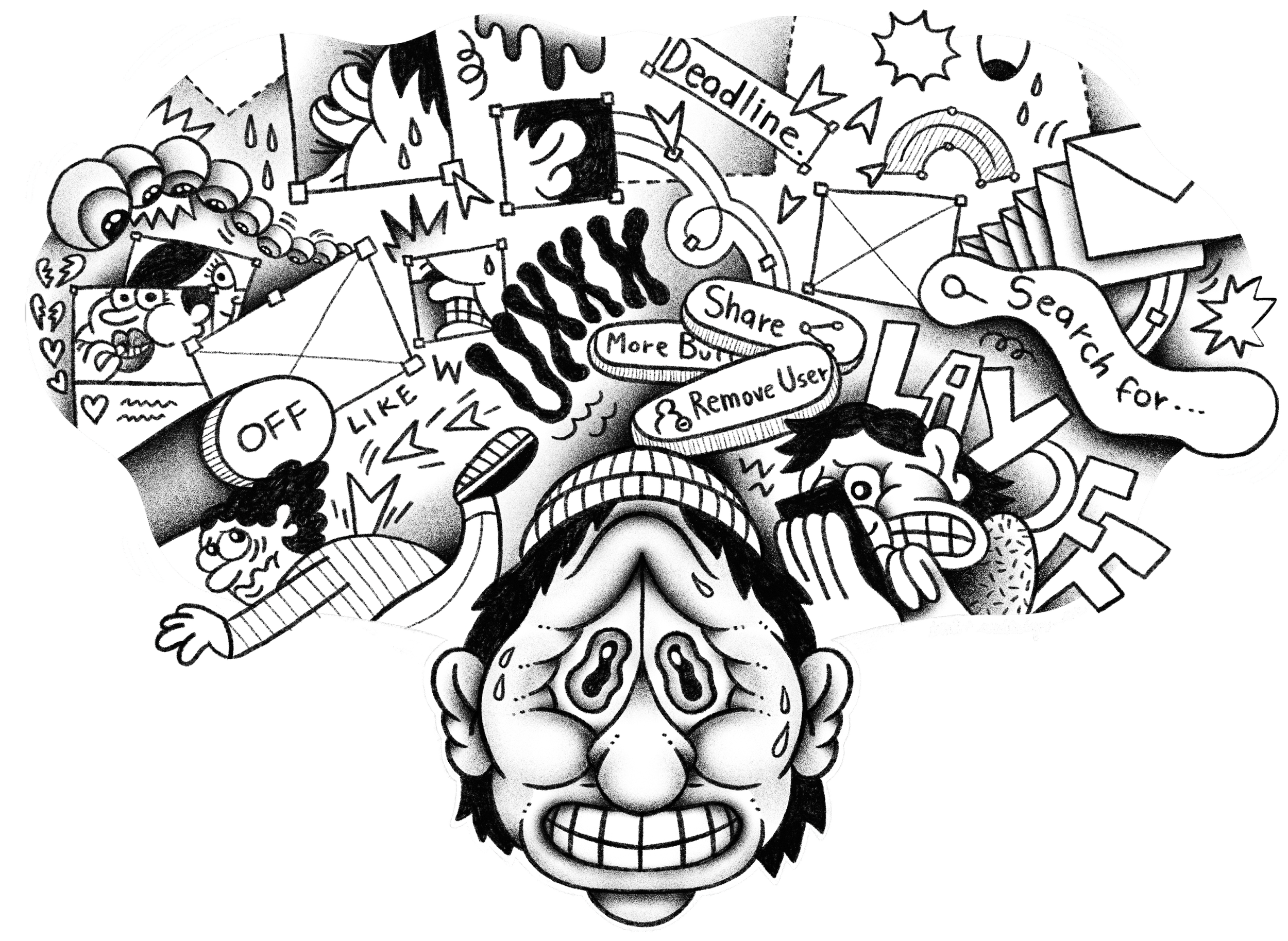
ENTER
LATE-STAGE UX
Much like late-stage capitalism, late-stage UX is characterized by its market saturation, heavy focus on financial growth, commoditization, automation, and increased financialization. Corporations exert significant influence over the economy and society, and designers can only push so far when advocating for user needs.
How can we navigate this landscape as designers in 2024?
This is the 9th edition of The State of UX report by the UX Collective: a critical look at our industry based on more than 1k articles published and shared with our 500k+ subscribers in 2023.
Read the article here: https://trends.uxdesign.cc/
Goal Setting 101
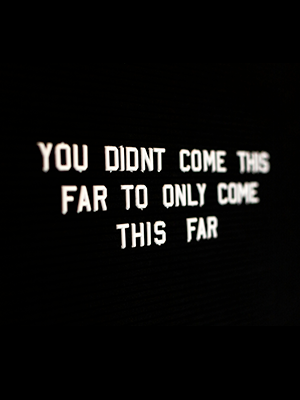
Action Steps For Growing Your Business
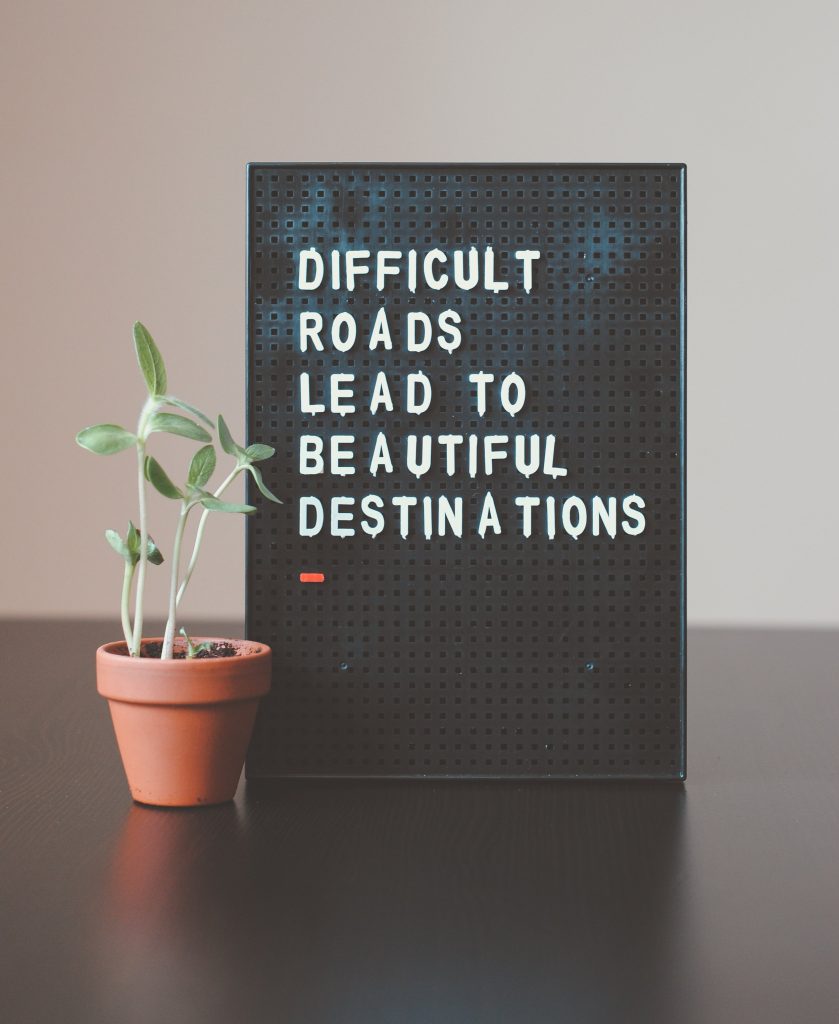
IT’S SAFE TO SAY THAT IF YOU OWN A BUSINESS, YOU ARE PROBABLY LOOKING TO GROW AND EXPAND. WHILE IT IS A LONG PROCESS, THERE ARE A FEW DIFFERENT TACTICS YOU CAN USE TO MAKE SURE YOU ARE HEADING IN THE RIGHT DIRECTION.
There are a few areas in which a business needs to grow, not just in their pocketbook. The three sides of this triangle are financial growth, customer related growth, and brand awareness.
1. Write it down
And I don’t mean a note in your phone or on your computer. Writing goals down on a paper has been scientifically proven to help chances of these goals being remembered. Writing down just a brief statement is a good start. But ultimately, it is a good exercise to really buckle down and define what, when, how, and most importantly why.
Important note for this step: Don’t just write “I hope to double my customer base in six months.” write this instead: “I have over doubled my customer base in six months.” It literally rewires your brain. In Brian Tracy’s book, No Excuses, he talks about how writing out your goals in this voice actually changes your mental state from “I wish this was me” to “This is the person I am” and you start acting like the kind of person you need to be to attain the goal.
2. Define your Purpose
If you don’t define the why, then you have a goal with no purpose and no backbone. You need a good strong reason for doing what you are doing. The emotional driving force behind it, if you will. The “why” helps focus you and also ensures that you will be able to see your first step, and then those subsequent steps. Defining purpose helps keep that fire lit in your soul. Keep your eyes on the prize!
3. Game Plan
It is always good practice to expand on the details of your plan. Once you know why you are doing it, planning steps helps to flesh it out in your mind. It is important to note that the mind is a powerful thing, and the power of seeing something written out, writing it out, and reading it every day is monumental. Describing the process and journey to this goal only makes it that much more attainable in your mind. Being able to think the process out and notate small milestones to reference also helps you track progress and not get lost in the sea of self-doubt.
4. Keep Tabs on Progress
Like a stairway, a goal has many action steps involved. It is a series of initiatives. In order to grow your customer base, what are you doing? Signing up for a service to help organize email blasts, incorporating an email collection point on your website, marketing campaigns and tactics to target new customers and create repeat customers…
For each point along the journey, there is a smaller task that you can check off. It’s important to pat yourself on the back, but never forget to use those small successful moments to keep charging forward.
It is also important to note that there will always be stumbling blocks. Something will take a little longer than you’d like, or you have to wait on production, or there was a delay in this other thing… Never get too fixated on these negative things. Keep pushing onward. Success is not for the faint of heart. It’s the journey, not the destination.
5. Delegate
Remember that it might be your company, but there are many men on your ship. Progress doesn’t happen because the captain is up helping unfurl the sails. Don’t be afraid to delegate. You hired these folks for a reason, let them shine. This gives you time to focus on future goals, planning, and contingency planning. You don’t need to fret over the small stuff when you have bigger things to do!
It’s hard when you came from having your own nose on the grindstone. Sometimes you have the feeling that you can do it faster or better, but that will get you nowhere. Boost your teams morale, keep it positive. Let them know they are valued. Growth is a team sport, so kick some tasks to your team and the pace will undoubtedly pick up. If needed, take some extra time to nurture and mentor your team so that you can all be more efficient and feel more satisfied with your work.
6. Track and Reassess
It’s scary to check in and see where you’re at, but it’s important to know when the process is working and when it’s not. Don’t be afraid to stop and reassess. Follow your gut and make sure to keep positive and trust the advice of your team of experts. Make sure to check in with your team and see whats is working and whats not.
Keep in mind that the road of success has many twists and turns. There will be moments where you have to rework and change direction, but just like Walt Disney said, “Keep Moving Forward.”

When it comes to goal setting, what do you struggle with the most?
Do you set specific goals or generalized goals?
What methods do you use to stay on track?
If you are looking to expand your business by reaching more customers or growing your brand, keep us in mind.
There are experts at your beck and call:
Email us: hello@829design.com or call (916) 581-1777
Small Business Marketing Tools For Building Your Brand

Whether you own a catering business, a vintage clothing shop or a service business such as a spa salon, you cannot mail a simple postcard, have beautiful packaging or tweet your latest promotion and call it a day. Marketing a small business requires consistency and strategy. Your overall business and marketing—everything from your logo to website to how you advertise, and reach out on the social web—should all come together to send a consistent targeted message. This includes your choice of words, the nuances of design, layout or color schemes and basically your overall visual communications to the consumer. These are your basic ingredients for good design.
Well-planned approaches combined with proper channels of marketing will not only promote a rewarding outcome – more sales and customers – but also reinforces your brand in the eyes of the marketplace. Without this consistency, you will not get people emotionally attached to your brand and you’ll end up creating confusion in the consumer’s mind. So why is it important to create these emotional attachments to your brand? Well, just as in human relationships, brand relationships evolve over time.
Generally, these can be divided into three stages:
- Most potential customers do not know the company, product or service.
- Customers may know the name or logo of the company or product, but they don’t really catch what the company or product can do for them.
- Some customers may already know the company and what the product can do for them, but they have no emotional connection to the brand.
So take into consideration and establish which stage of relationship your business is in with regard to your consumer audience. In order to build a successful brand, you’ll want to define these three things:
- Brand personality: What are your business values, services, ideas, attitudes?
- The relationship with the consumer: Do you understand the needs and wants of your customers?
- Icons: Symbols or other illustrative representations.
Over time, with a consistent effort in your small business marketing, you will begin to build relationships with your market audience. In so doing reinforces and triggers recognition of your brand and sequentially creates customer loyalty. After all, your brand is the foundational piece in your marketing communication – a connection to a promise for your consumer. And this is something your small business does not want to be without!